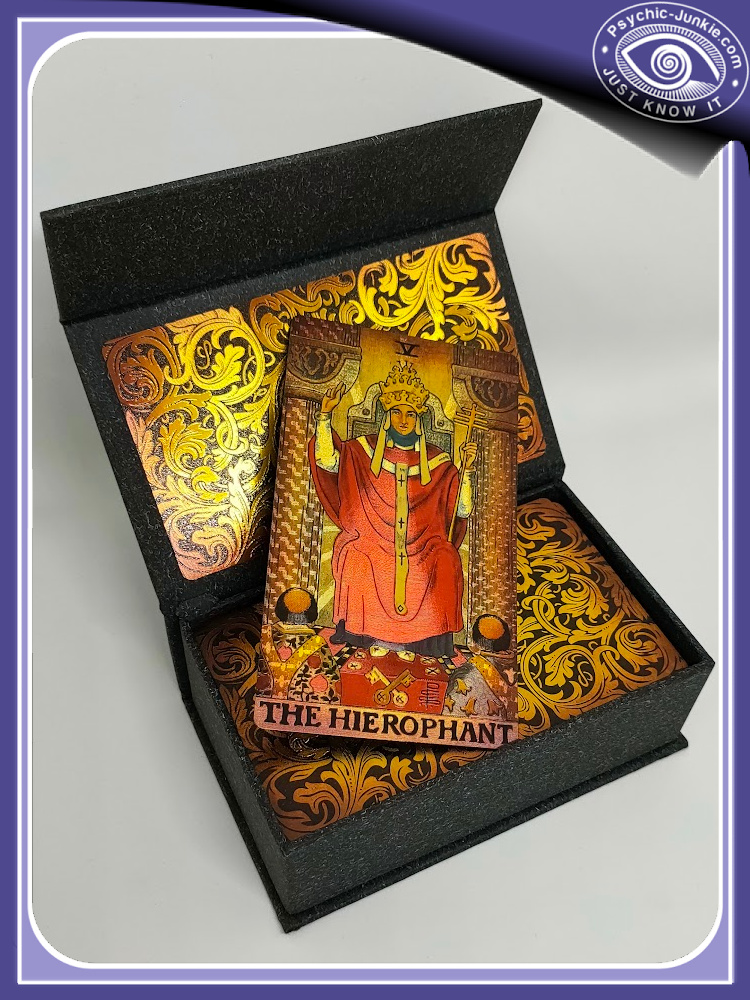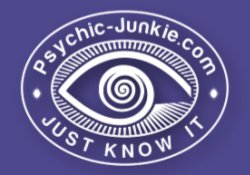- Home
- All Tarot Cards
- The Hierophant Tarot Card
The Hierophant Tarot Card Offers Wisdom, Tradition, And Structure
The Hierophant tarot card is steeped in symbolism and cloaked in mystery. It delivers a profound reminder of our continuous dance with tradition and change, authority and freedom, collective wisdom and personal exploration. This spiritual middleman may nudge you towards the well-trodden path or urge you to forge your own. The Hierophant's presence is a call to deepen your understanding and broaden your perspective.
Sitting at number 5 in the Major Arcana, The Hierophant tarot card is the very embodiment of wisdom, tradition, and structure. But in numerology, 5 signifies change, freedom, and the human experience. So, it is quite a conundrum - a symbol of tradition embodying a number of change!
In the Rider-Waite-Smith tradition, The Hierophant is depicted as a religious figure, a sort of spiritual middleman between the heavens and the earthly realm. He holds a triple cross, representing his dominion over the conscious, subconscious, and superconscious. Two followers kneel before him, symbolizing the necessity of guidance and learning.
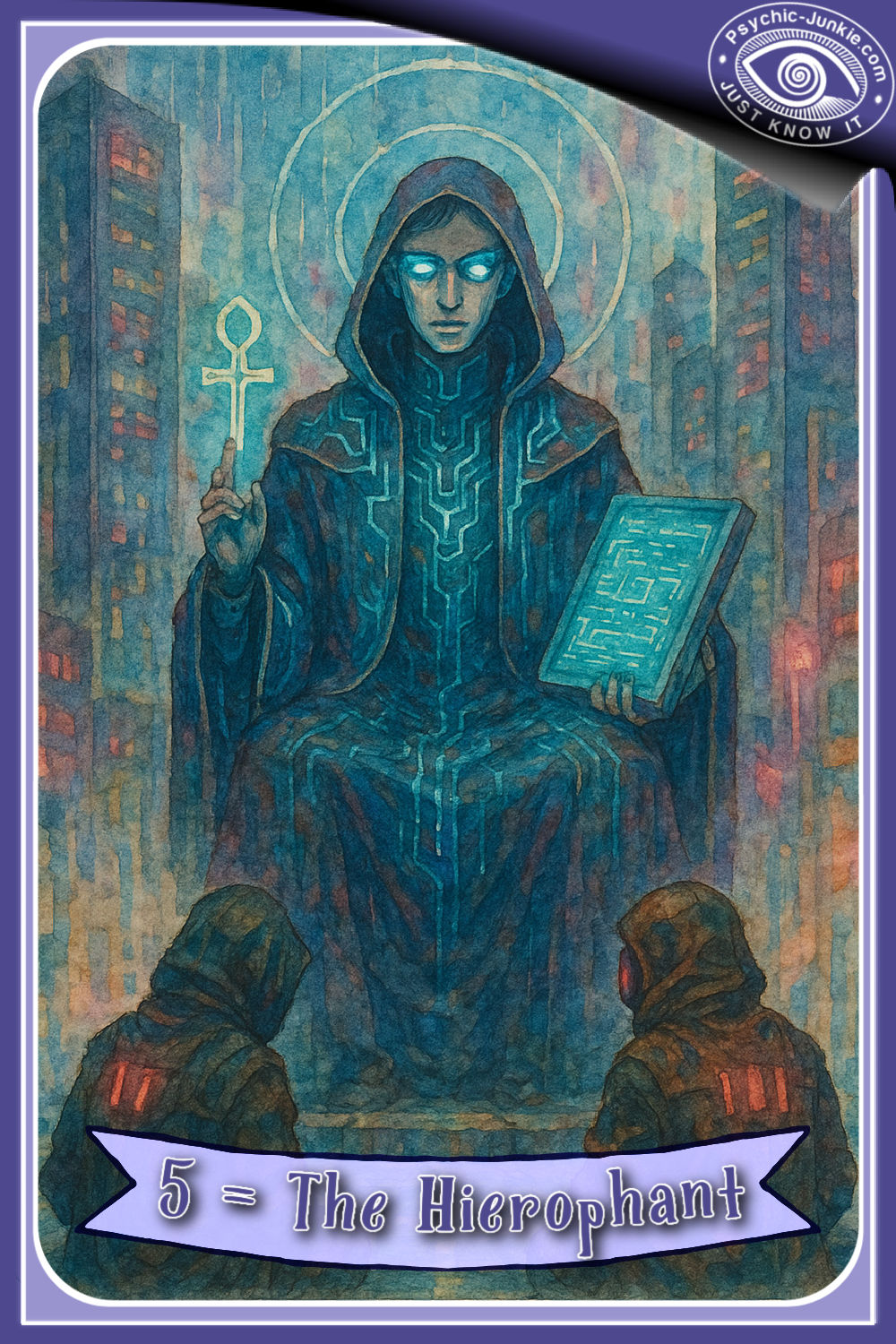
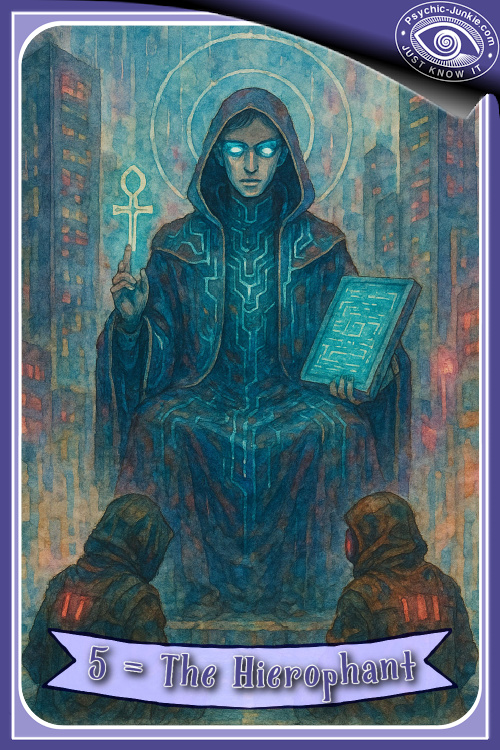
Upright and Reversed Meanings For The Hierophant Tarot Card
The Hierophant upright is your spiritual GPS. It pops up in readings to nudge you towards established structures, orthodox methods, and conventional wisdom. It's the universe's way of saying, "Hey, the answers you're looking for? They're in the tried and tested."
But life's not all sunshine and roses, is it? Flip The Hierophant tarot card upside down, and you're face-to-face with the shadow side of tradition - dogma, rigidity, and oppressive authority. It's a call to challenge the status quo, to march to the beat of your own drum.
Comparing Tarot Traditions:
The Hierophant card wears different faces across tarot traditions. While the Rider-Waite-Smith Hierophant is steeped in Christian symbolism, the Thoth tarot presents a more abstract representation, known as 'The Priest'. Here, the figure is poised between the macrocosm and microcosm, representing the cosmic law that guides the universe and human life.
The Marseille tarot, with its roots in the 15th century, depicts The Hierophant, or 'Le Pape', as a Pope figure. It's a more straightforward representation of religious authority and tradition. Despite these differences, the essence remains the same - The Hierophant is the bridge between divine wisdom and human understanding.
The Hierophant Tarot Card In Real-Life Situations And Readings
Picture this: you're at a crossroads in your career, and The Hierophant makes an appearance in your reading. It's a nudge towards following established paths, perhaps suggesting a mentorship or further education. In relationships, it could indicate a traditional courtship or a relationship guided by shared values.
On the flip side, a reversed Hierophant in a personal growth reading might be a call to break free from old belief systems, an invitation to forge your unique spiritual path.
The Hierophant's Evolution through Time:
Tracing back to its historical origins, The Hierophant tarot card, originally known as The Pope, was one of the 21 trump cards in the 15th century Italian card game called Tarocchini. Over time, with societal shifts and changing perceptions of religion, its depiction and name evolved. Today's Hierophant retains echoes of its past while reflecting contemporary insights into authority, wisdom, and spiritual growth.
The Hierophant tarot card is a remarkable symbol that seamlessly interweaves tradition and change, mirroring our own complex human journey. As we journey through life, the wisdom of the Hierophant guides us, challenges us, and ultimately helps us to carve our unique path towards self-discovery and spiritual enlightenment.
And remember, whether it's in a tarot reading or life itself, The Hierophant’s message is always clear: Look within, learn from the past, question the present, and embrace the wisdom that awaits in the dance of tradition and transformation.
So next time you draw The Hierophant, whether upright or reversed, take a moment to ponder its profound symbolism and the timeless wisdom it carries. After all, life is a deck of cards, and we're all just playing our hand as best we can!
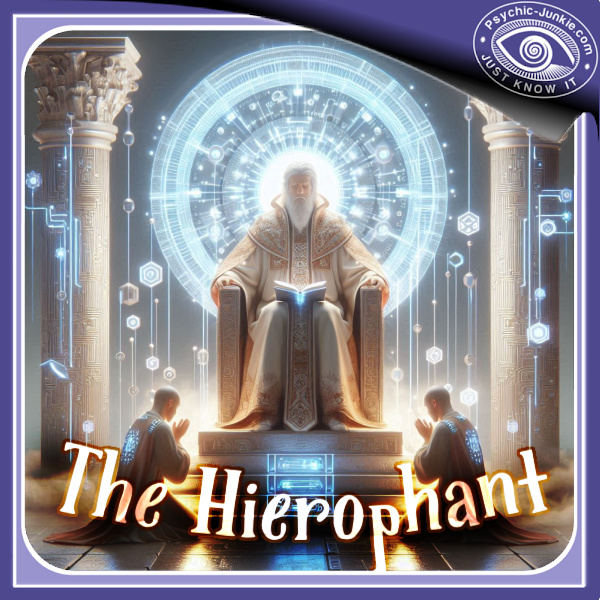
In the dance of life, amid chaos and strife, appears The Hierophant, a guide to the light.
Wisdom old as time, cutting through the night, in a world of change, he's our stalwart life.
His voice echoes from ancient halls, through the clamor of life's countless calls,
"Look within, learn from the past, embrace change, yet hold traditions fast."
The Hierophant's message, clear and strong, guides us when our paths seem wrong.
A beacon of wisdom, in a world so vast, his teachings tether us to a meaningful past.
Yet in his shadow, a call to rebel, to question, to seek, to cast a spell.
To learn, to grow, to understand, The Hierophant offers a helping hand.
So here's to life, a mystical dance, guided by The Hierophant's steady stance.
In wisdom old and insights new, The Hierophant whispers, "The power lies in you."
Develop Your Intuition And Become An Online Tarot Card Reader
You can learn how to become a professional online tarot card reader in 90 days or less with Tatiana Jones' bestselling course. In this short course, Titania teaches everything you need to know to start an online tarot reading business - with zero experience required! You do not need to be psychic to read tarot cards online! It is all about being intuitive and “connecting the dots”.
Tarot Reading Entrepreneurship
- Help People Find Meaning
- Work Remotely
- Set Your Own Hours
- Replace Your Full Time Income
- Work Just A Few Hours Per Day
FAQs About The Hierophant Tarot Card
What does The Hierophant tarot card symbolize?
What does The Hierophant tarot card symbolize?
- The Hierophant stands for tradition, conformity, morality, and ethical guidance. It represents established institutions and their values. It serves as a bridge between mankind and the Divine, indicating a search for purpose and meaning.
What does it mean when The Hierophant appears in a reading?
What does it mean when The Hierophant appears in a reading?
- When The Hierophant appears in a reading, it suggests a need to follow established social structures and traditions. It could be a sign to seek wise counsel or spiritual guidance. In contrast, if it appears reversed, it might indicate a need to question existing norms and forge your own path.
How does The Hierophant tarot card differ across traditions?
How does The Hierophant tarot card differ across traditions?
- While the essence of The Hierophant remains constant across traditions, its depiction varies. In the Rider-Waite-Smith tradition, it's depicted as a religious figure, while the Thoth tarot presents a more abstract representation called 'The Priest'. The Marseille tarot, depicts 'Le Pape', a Pope figure, signifying religious authority.
What does The Hierophant tarot card imply in terms of personal growth?
What does The Hierophant tarot card imply in terms of personal growth?
- Upright, The Hierophant encourages you to learn from established wisdom and traditions. It's about finding your place within a larger societal or spiritual structure. Reversed, it may suggest that you need to break away from old belief systems and seek your unique path to spiritual enlightenment.
What does The Hierophant tarot card mean in a career reading?
What does The Hierophant tarot card mean in a career reading?
- In a career reading, The Hierophant might suggest the need to follow traditional paths or established methods. It could indicate the need for further education or mentorship. Conversely, if reversed, it may imply that you're feeling restricted and need to explore more unconventional approaches in your career.
What does The Hierophant tarot card mean in a relationship reading?
What does The Hierophant tarot card mean in a relationship reading?
- In a relationship reading, The Hierophant often points to a conventional relationship based on shared values and beliefs. It might suggest a deepening commitment, perhaps marriage or engagement. If reversed, it can indicate non-conformity, unconventional relationships, or a need to challenge relationship norms.
How does The Hierophant card relate to the number 5 in numerology?
How does The Hierophant card relate to the number 5 in numerology?
- The Hierophant is the fifth card of the Major Arcana. In numerology, the number 5 signifies change, adventure, and the human experience. Although The Hierophant is about tradition and structure, its connection to the number 5 suggests the necessity of these systems in navigating the changes and uncertainties of life.
What does The Hierophant tarot card represent in the context of spirituality?
What does The Hierophant tarot card represent in the context of spirituality?
- In spiritual terms, The Hierophant represents spiritual wisdom, guidance, and the pursuit of deeper understanding. It encourages adherence to spiritual practices and rituals. If reversed, it might suggest a spiritual rebellion or the creation of a unique, personal belief system.
How does The Hierophant tarot card's symbolism evolve over time?
How does The Hierophant tarot card's symbolism evolve over time?
- Historically known as The Pope, The Hierophant's symbolism has evolved to encompass broader themes of authority, tradition, and spiritual wisdom. While it originally embodied the Catholic Pope, it now signifies any kind of spiritual or moral guidance, reflecting society's evolving understanding of spiritual authority.
What is the psychological significance of The Hierophant tarot card?
What is the psychological significance of The Hierophant tarot card?
- Psychologically, The Hierophant can represent our inner teacher or mentor. It encourages us to internalize societal norms and learn from the wisdom of others. Conversely, when reversed, it can signify a need to question authority, suggesting a tension between our inner values and societal expectations.
Is there an astrological correlation to The Hierophant tarot card?
Is there an astrological correlation to The Hierophant tarot card?
- Yes, The Hierophant tarot card is associated with the zodiac sign Taurus. Taurus, an earth sign, is known for its practicality, reliability, and adherence to tradition, aligning well with the themes of The Hierophant. This card can suggest a Taurus-like approach to the situation at hand, emphasizing patience, stability, and respect for established systems and values.
Key Aspects Worth Knowing About The Hierophant Tarot Card
1. Symbolism:
The Hierophant, also known as the Pope or the High Priest, represents spiritual wisdom, religious beliefs, and societal conventions in the Rider-Waite Tarot deck. The card depicts a religious figure seated between two pillars symbolizing law and liberty or obedience and disobedience. He is holding a triple cross, and two followers kneel before him.
- The Hierophant himself represents a bridge between Heaven and Earth, the conscious and subconscious mind, the known and unknown.
- The triple cross symbolizes the union of divine and earthly matters.
- The two followers represent the dichotomy between the desire to conform and the desire for individuality.
2. Main Themes:
The Hierophant is about structure, tradition, and spirituality. He can represent organized religion, conventional wisdom, and the established social order. The main themes include:
- Spirituality and religious beliefs
- Conformity and tradition
- Mentorship and guidance
- Establishment and conventional wisdom
3. Meaning in Readings:
- Upright: When drawn upright, The Hierophant card can suggest seeking spiritual wisdom and guidance, conforming to societal norms, or respecting traditions. It can also indicate the presence of a mentor or guide.
- Reversed: When The Hierophant appears reversed, it may signal a time to question established norms and beliefs. It can represent nonconformity, rebellion, or breaking free from tradition.
4. Numerology:
- The Hierophant is the fifth card of the Major Arcana, so its numerological number is 5. Five is a number of conflict, change, and progression. It indicates a desire for freedom, a need to break free from constrictions and explore new opportunities.
5. Astrology:
- The Hierophant is associated with the zodiac sign Taurus. Taurus, an Earth sign, is known for its practicality, reliability, and desire for stability and comfort, reflecting the Hierophant's themes of tradition and convention.
6. Archetype:
- The Hierophant represents the archetype of the spiritual teacher or guide, someone who helps others discover deeper, transcendent meaning in their lives. This archetype is often associated with wisdom, moral structure, and institutional authority. However, it can also represent dogmatism and the restriction of freedom through rigid belief systems.
Learn To Be A Psychic Medium
An Evidence-Based Path to Communicate With Loved Ones & Others in the Spirit World.
In this FREE hour with Suzanne Giesemann, you will: Gain an understanding of “evidential” mediumship and why it’s so sacred. Discover the 3 keys to mediumship: Belief in the Spirit World, alignment, and a shift in focus from the physical to the Spirit World. Learn how you can begin communicating with your loved ones who have passed. Find mediumship can be a path for your soul’s evolution. Hear about what makes a reading “evidence-based” - and how this form of mediumship raises the bar and meets the true goal of being an authentic and indisputable voice for Spirit. Experience a practice to connect with your guides and ask them for signs. Click here to learn more about this free event > >
Test Your Psychic Ability
The Lifeleap Institute’s Psychic Project is a unique online psychic development tool using real people and events as "psychic targets."
They start by asking you to focus on the "psychic targets" and answer a series of special questions about these targets.
They then reveal to you the actual psychic targets. You get to compare your results with the actual psychic targets. You also get to see the results of other participants.
Even if you think you have no psychic ability, this tool will offer proof that you do.
It's easy to participate and the Psychic Project is free!
Click Here To Test Your Psychic Ability
Develop Your Intuition And Become An Online Tarot Card Reader
You can learn how to become a professional online tarot card reader in 90 days or less with Tatiana Jones' bestselling course.
In this short course, Titania teaches everything you need to know to start an online tarot reading business - with zero experience required!
You do not need to be psychic to read tarot cards online! It is all about being intuitive and “connecting the dots”.
Tarot Reading Entrepreneurship
- Help People Find Meaning
- Work Remotely
- Set Your Own Hours
- Replace Your Full Time Income
- Work Just A Few Hours Per Day
- Home
- All Tarot Cards
- The Hierophant Tarot Card
Ian Parkin is the author of this post.

